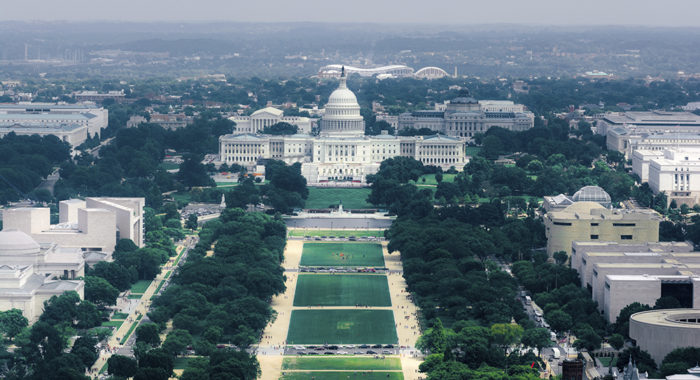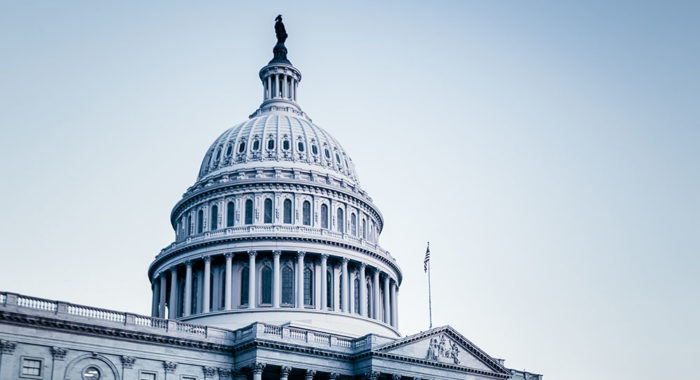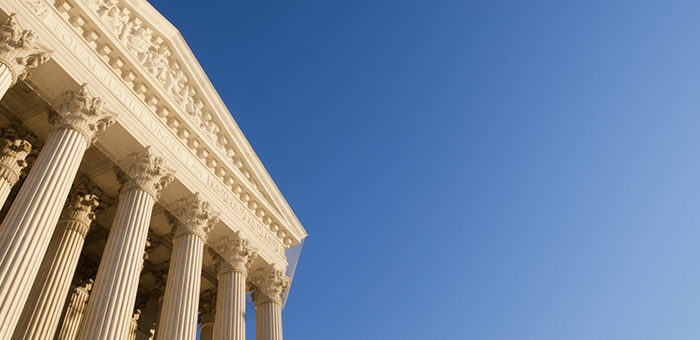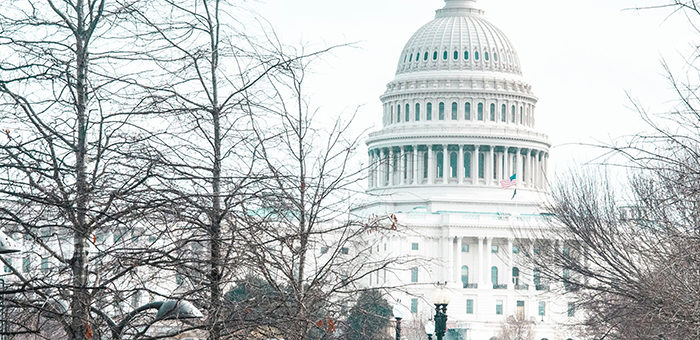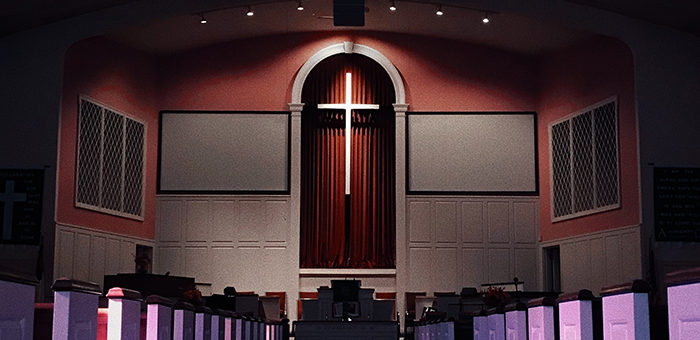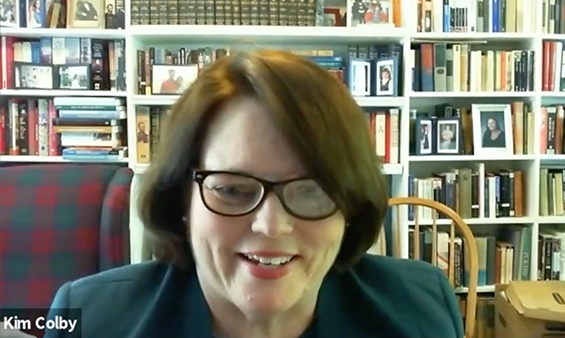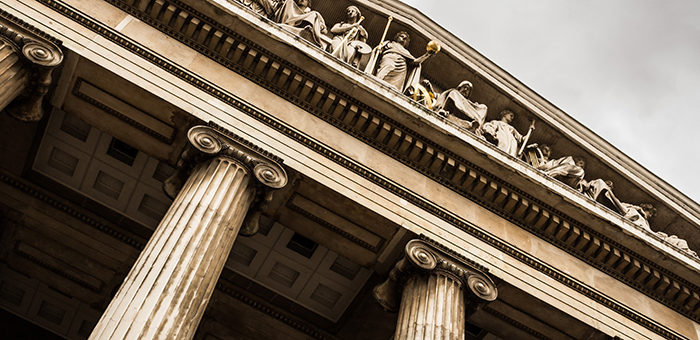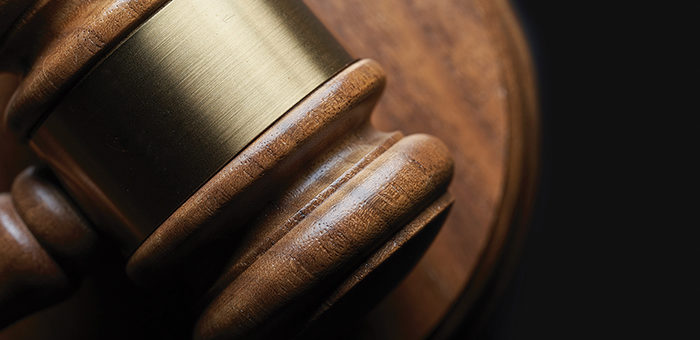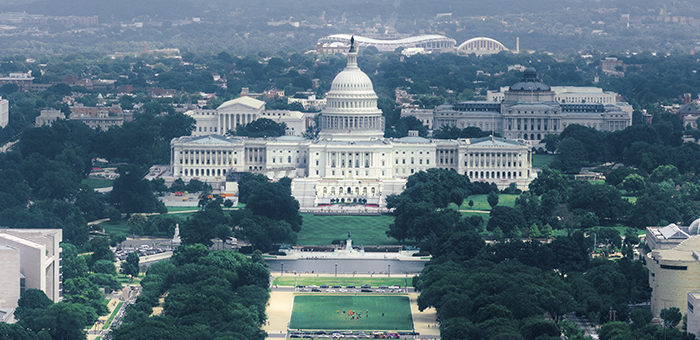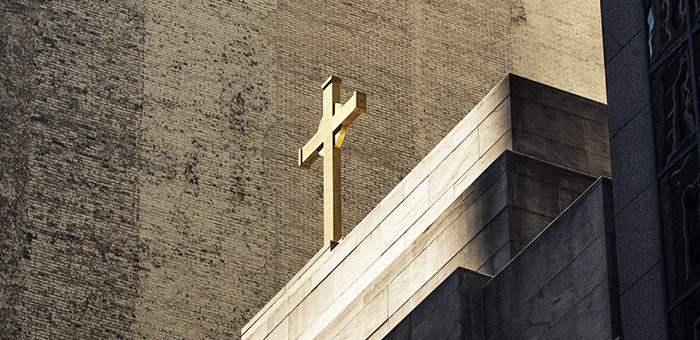
RFRA was passed in direct response to the 1990 Supreme Court decision in Employment Division v. Smith. At issue was whether the First Amendment’s Free Exercise Clause allowed Native Americans to use peyote if the state law disapproved of the psychoactive compound found in the peyote cactus. Native American tribes have used peyote in religious ceremonies for centuries.
The court ruled against the right of Native Americans to use peyote, but more important, it reduced the legal protections for all religions. A backlash ensued.
Forest Montgomery, NAE legal counsel at the time, said, “I’m still upset about Smith.” Testifying before the Senate Judiciary Committee in 1992, he said, “No liberty is more precious in the American experience than religious liberty — our First Freedom. Yet the Supreme Court, the very guardian of our liberties, metamorphosed the Free Exercise Clause from fundamental right to hollow promise.”
After Smith, the Coalition for the Free Exercise of Religion, of which the NAE was a founding member, grew to include 66 organizations ranging from Americans United for Separation of Church and State to Traditional Values Coalition and included Muslim, Jewish, Sikh, humanist, mainline Christian and evangelical groups, among many others.
Oliver “Buzz” Thomas, former general counsel of the Baptist Joint Committee for Religious Freedom, chaired the coalition and said that Montgomery was “the guy who kept evangelicals and other conservative groups in the harness.”
“There were many who share credit for RFRA’s passage — Steve McFarland, David Saperstein, Mort Halperin, Mike Farris, Marc Stern and others — but when the wheels fell off, no one did more than Forest and the NAE,” Thomas said.
The coalition worked on research, drafting legislation and advocacy. They sent letters to members of Congress and visited offices. According to Thomas, Montgomery passed out “Religious Liberty for All!” pins all over Capitol Hill. In the end, only three senators voted against its passage.
The federal RFRA, like many of the state-level laws, prohibits substantial government burdens on sincere religious exercise unless the government can show a compelling interest in burdening religious liberty and that it is using the least restrictive means. RFRA protects the fundamental religious freedom of all Americans, including individuals of minority and majority religions.
President Bill Clinton signed the legislation during a ceremony held November 16, 1993, on the White House South Lawn. In the introductory remarks, then-Vice President Al Gore said, “When you have the National Association of Evangelicals and the American Civil Liberties Union, the National Islamic Prison Foundation and B’nai Brith … we’re doing something right here today.”
As Montgomery said, “We were on the side of angels.”
Despite its strong deference to religious freedom, RFRA does not allow individuals to do whatever they want in the name of religion. The law balances government interests with the fundamental freedom of individuals to practice their faith.
RFRA has been cited in many religious freedom cases. It was featured prominently in oral arguments in the contraception mandate case, Burwell v. Hobby Lobby, last March. In a 5-4 decision, the court reaffirmed that the Religious Freedom Restoration Act protects Americans of all faiths from government mandates that violate their conscience and religious beliefs. The NAE filed an amici brief in that case. Many states also have RFRA laws protecting the religious freedom of their citizens.



 View All Articles
View All Articles 




